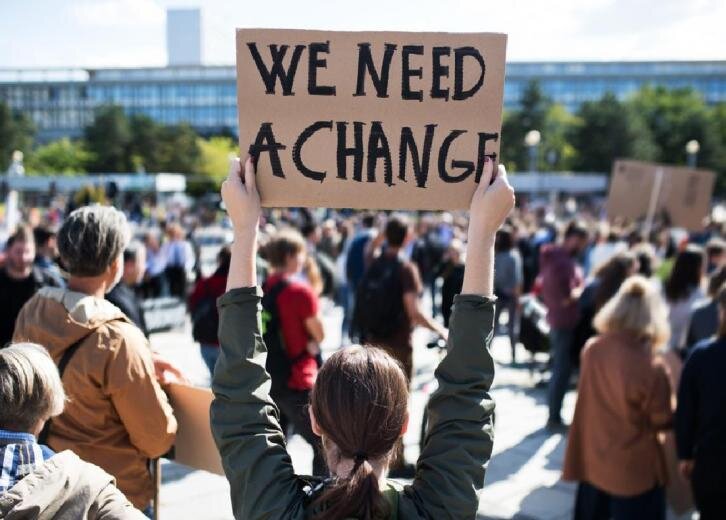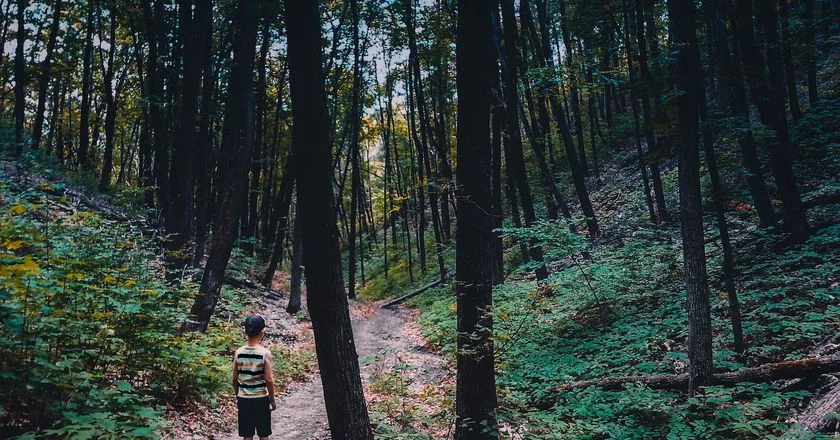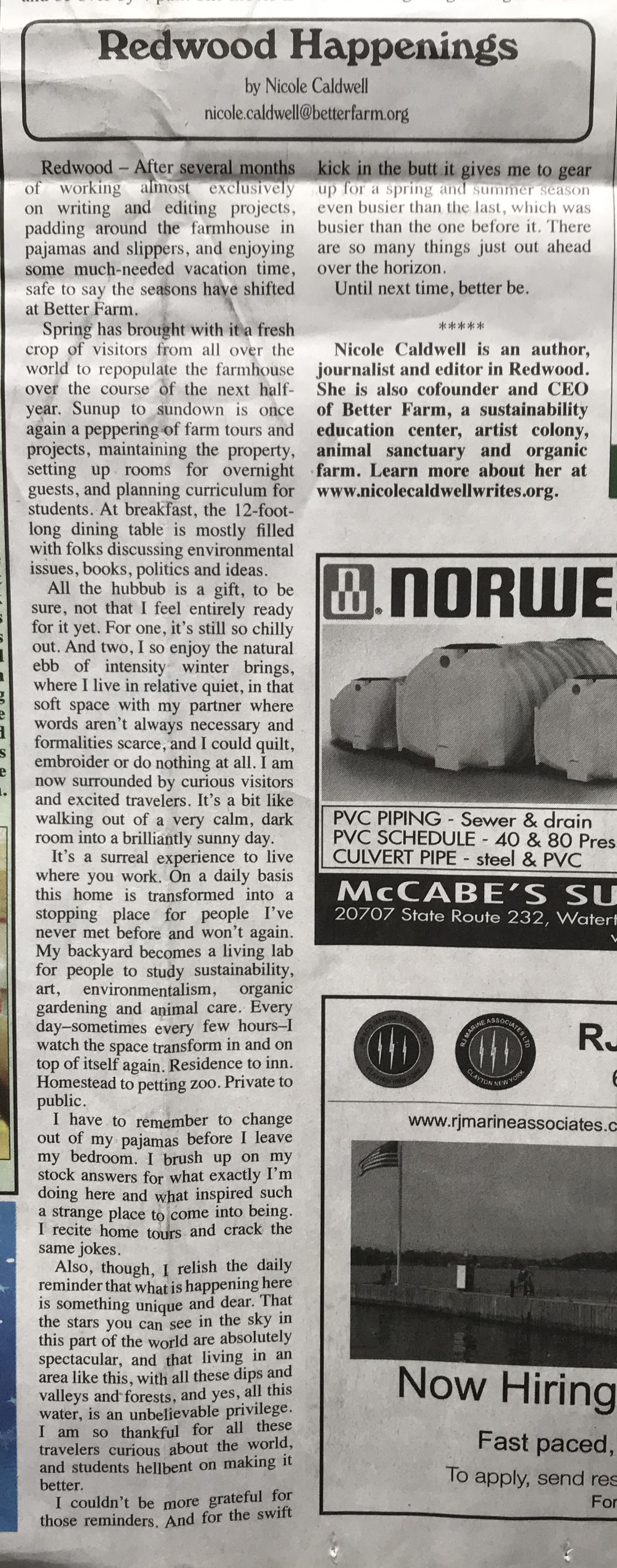By Nicole Caldwell for Stacker
There is no American music that doesn’t have Black roots. From country-western, which draws upon banjo music from Africa, to rock ‘n’ roll, begun by a Black woman playing electric guitar in 1938, American music can’t be separated out from its rich history of diversity and experimentation.
Every artist transforms his or her medium simply by working in it, and it so follows that every musician changes the art form slightly just by creating and performing songs. But throughout American history, there are examples of artists who have been so transformative as to change musical genres themselves. Other times, artists unwittingly create new genres—whether Fela Kuti with Afrobeat, Frankie Knuckles with house music, or Fats Domino with ska.
To take a closer look at how Black musicians shaped American music, Stacker pored through historical documents, recordings, Billboard charts, and studied similarities in various musical acts over time to determine 41 artists music wouldn’t be the same without. Paring the list down to just 41 was a challenge (the gallery could easily include hundreds)—so there are certainly icons missing, including powerhouses like Lightnin’ Hopkins, Wilson Pickett, Mary Wells, Roberta Flack, Tina Turner, and Gloria Gaynor—each of whom has made significant contributions to music in his or her own right. To help narrow the field, we focused on artists whom scholars can definitively conclude altered the musical landscape in some dramatic fashion. Artists highlighted in this gallery changed the course of music by doing something entirely new with it rather than simply building upon the legends who came before.
Beyond their musicianship, many of the Black artists throughout history also stand as shining examples of bravery and leadership in the face of adversity. From Marian Anderson, who inspired Eleanor Roosevelt to drop out of the Daughters of the American Revolution when the group wouldn’t allow Anderson to sing in front of an integrated audience (Anderson ended up singing in front of 75,000 people at the Lincoln Memorial and was the first Black person to perform with the Metropolitan Opera in New York), to Ray Charles, who refused to perform for an all-white audience in Georgia, there is example after example of musical icons who shone a light that encouraged others to forge ahead and make incremental changes that helped form a more perfect union.
Keep reading to learn about 41 Black artists music wouldn’t be the same without—and be sure to check out our curated Spotify playlist of essential listening from each.










